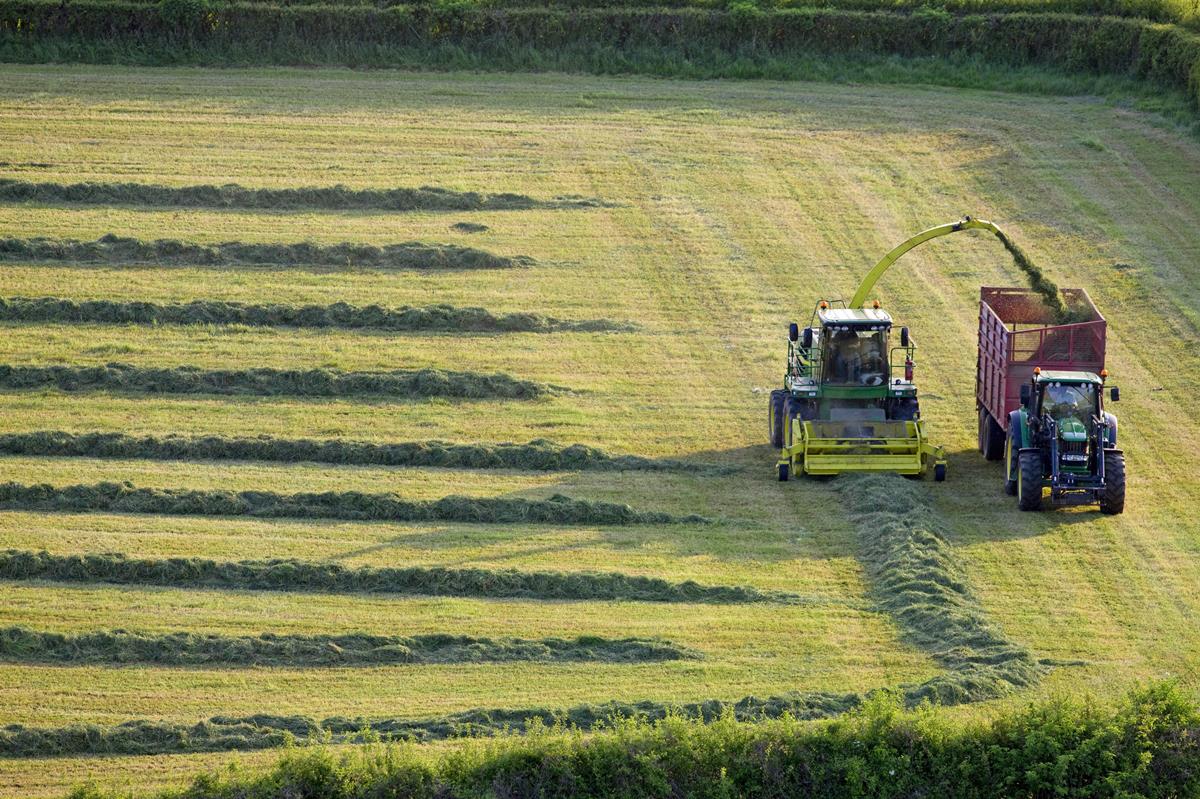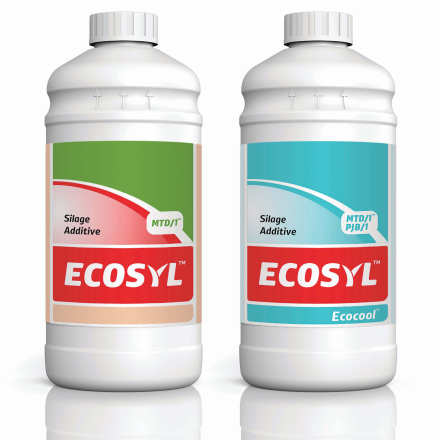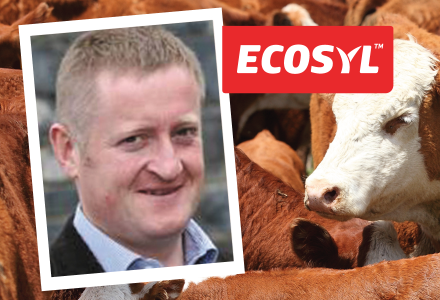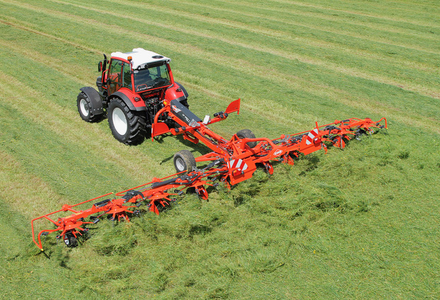Silage lessons from a strange spring
15 June 2021
What a topsy-turvy start to the grass silage season it’s been this year.
A dry, cold April put the brakes on grass growth. Then a wet May thwarted many cutting attempts, leading to some big crops.
So what can we learn for the rest of the season?

Firstly, remember that even if you’re getting a decent milk price, having a stock of good silage puts you in a stronger position to weather feed price volatility.
That said, if silage was disappointing during the first half of the season, it requires extra effort to redress the balance. With this in mind, here are some thoughts for future cuts:
Cut when you can
As this season has underlined, making silage when there’s a weather window – even if grass looks like it’s capable of further bulking – can be much better than waiting a bit longer. Because if rain then prevents cutting, and grass gets too strong, you can end up with a heavy cut of lower quality material.
Grass quality declines as crops become more stemmy, and especially if they go to head. Also, regrowth after a heavy crop is slower than after a ‘young’ one.
Our multi-cut research, for example, showed that not only can cutting more frequently deliver better quality, but also a higher total grass yield over the season.
Wilt wisely
When facing limited weather windows, wilting rapidly – so that grass can be safely ensiled before the next rain event – is crucial. The, the more protein and sugars the grass will lose in the field. For faster wilting, cutting at the optimum time of day and tedding promptly are both key.
Findings from a trial we conducted in Pembrokeshire showed it was possible to reach the ideal 30% DM in just 4.5 hours by cutting at 10am and tedding immediately. This compared with grass cut at 3pm and left in rows which failed to reach 30% DM – reaching only 24% even after 24 hours.
Significantly, this was with a light crop cut on a warm, dry July day. On a heavier crop, drying technique is even more important.
A proven additive adds up
Even if you don’t normally use one, including a proven additive as part of good practice on cuts from now on could certainly be helpful if you’re concerned about the quality or quantity of earlier cuts. Ecosyl, for example, has been shown to reduce DM losses, preserve more true protein, and improve digestibility and metabolisable energy.

With decent milk prices and potentially high feed costs, the affordability of a proven additive looks even better.
Find out more about the Ecosyl range of proven silage additives.

